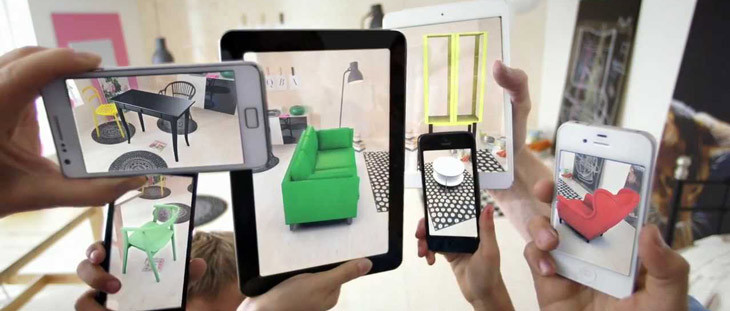
Furniture industry goes digital
There are some businesses in the retail industry that are just synonymous with 90s style marketing. If you’re in Melbourne and grew up in the 90s, you probably won’t be able to read the following sentence without impersonating the voice in your head: 'Grand Sale, Grand Sale, Grand Sale... where? In Brunswick & Footscray'.
Catchy jingles, print advertising in the form of catalogs and brochures scrunched and shoved into your letter box, radio and television ads—this is the method that has worked for furniture retailers for a substantial period. Until now, these types of businesses have been able to coast by in their marketing world, doing exactly the same thing year after year. If it ain’t broke, why fix it?
Evolve or Die
But that doesn’t mean that furniture retailers (and similar businesses) can continue on with their conventional and now rather archaic marketing methods and keep yielding the same results that have been so kind to them over the decades.
And the reason for that can be summed up in a single word: mobile.
Smartphone-like technology has completely changed the way we think about shopping, the way we go about shopping, and the way we enjoy shopping.
Gone are the days when people would spend an entire weekend with the family driving from store to store looking for the perfect sofa. It just doesn't work like that anymore.
Ikea Leading the Way

Ikea is a great example of a furniture business that has seen and is capitalising on this mobile trend, you can see this demonstrated in their new catalog, which we’ve written more about in more detail here.
The basic gist of it, however, is as follows: The items in their catalog are linked up to an app, giving consumers the chance to see and measure exactly how a piece of furniture will slot into its intended position relative to its surroundings— just put the catalog where the furniture will go, open the app’s camera function, and voila! the item pops up in the screen, giving you an idea of how it will look.
Of course, Ikea knew that one of the leading concerns and issues customers had with Ikea products was trying to estimate how the furniture would look in a certain position in the house. Sure, one can always measure to see whether a piece will fit here or there; nevertheless, measurements can (and do) go wrong, and sometimes despite all efforts to the contrary, a table might just be too clunky for that corner.
Ikea’s catalog saved their customers the pain and worry of this situation by taking out the guesswork. What’s more; they were able to get people exactly where they wanted them: browsing the Ikea range on a mobile device. And why would they want to do that? Because, to repeat, the future is mobile.
Smartphone Shopping Soars
Think about this... in the first Q of 2014, retail revenue generated through a mobile device was up 35% compared to Q1 in 2013, and 84% of brick and mortar shoppers use their mobile device either before or during a shopping trip.
To go with that, 50% of online retail traffic now comes from mobile devices with billions of mobile devices circulating through the world, and of those almost 2 billion are smartphones, i.e., connected to the Internet.
When you couple these statistics with the more general trend of e-commerce at large (that online retail sales are predicted to grow to $370 billion by 2017, that 50% of Americans 40 years and over buy online and that 72% of Millennials do their research online before actually visiting a store) you begin to see that furniture retailers have a good reason to catch up with the times and start making the most of this new consumer habit of buying online or via mobile - habits that are now pervasive, and here to stay.
